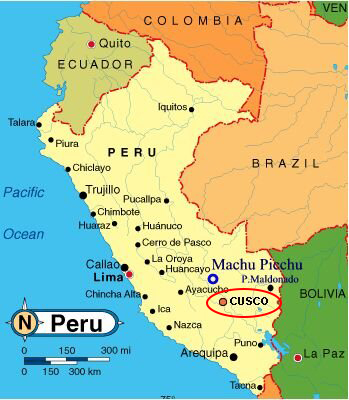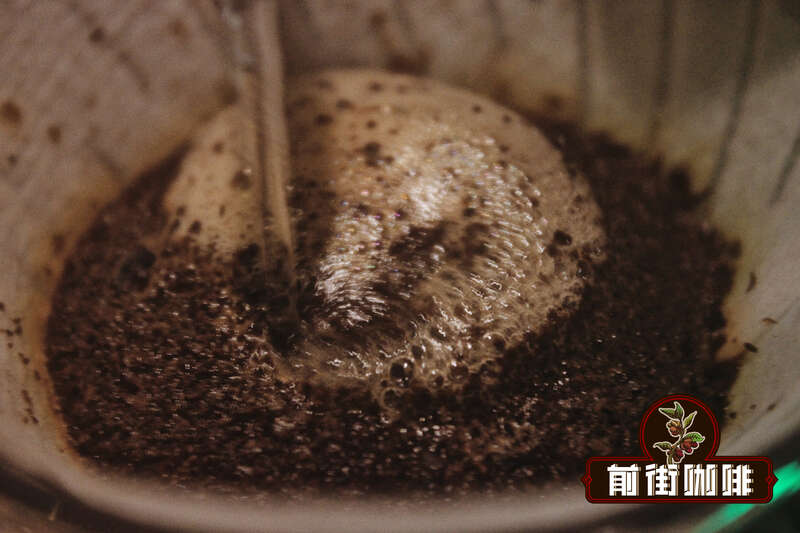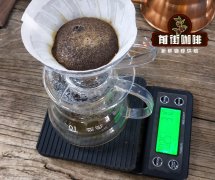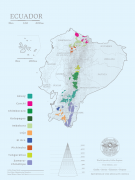What are the flavor characteristics of Cuzco coffee beans in Peru? introduction to the method of variety treatment in Cuzco coffee producing area

In the southeast, Cusco is at an altitude of 900, 000 meters, and the coffee-growing area is located at the top of the Andes. Most of the varieties of coffee here are Caturra,Bourbon and Typica. Most coffee is grown by small farmers, not by large estates. Tourism is booming in the region, and many tourists pass through Cusco on their way to Machu Picchu. The climate and soil of the region are suitable for high-quality coffee, with flavors of red and black fruits, plums and raisins, as well as very rich chocolate, creamy mellow and medium acidity.
This is a towering mountain range, ancient ruins, such as the famous Machu Picchu, where some coffee producers built farms along a secret escape route behind the ancient fortress, which was not discovered by growers until 1980. The infrastructure is inadequate, more than 10 hours from the southern to the northern edge of the region, but it is worth a try.
■ altitude: 1200-1900m
■ harvest period: March-September
■ varieties: bourbon, Iron pickup, Kaddura, Pache, Mondonovo, Katuai, Katimo
■ flavor: plum, raisin and other flavors, as well as very strong chocolate, creamy mellow and medium acidity

Important Notice :
前街咖啡 FrontStreet Coffee has moved to new addredd:
FrontStreet Coffee Address: 315,Donghua East Road,GuangZhou
Tel:020 38364473
- Prev

The background of Secret Satipo Coffee producing area introduces the characteristics of Satipo
Satipo is a Peruvian town located in the Hunin region in the central part of the country. It is the capital of Satipo province and is 628m above sea level. The producing area is located to the east of the Andes, between the San Martin area in the north and the Cusco area in the south, and is part of the Huning coffee growing area, where the culture is very diverse. Coffee is an important crop here, as well as cocoa
- Next

The influence of Ecuadorian geographical location and climate on coffee grading system of Ecuadorian coffee
Ecuador introduces that coffee has been introduced into Ecuador since the 19th century. The first coffee plantations were established in the coastal areas of Manabi province in the 1860s. As one of the most biologically diverse countries on earth, Ecuador's unique ecosystem is an ideal place for the plant to flourish, and coffee soon became one of Ecuador's main exports. Until 1920
Related
- Beginners will see the "Coffee pull flower" guide!
- What is the difference between ice blog purified milk and ordinary milk coffee?
- Why is the Philippines the largest producer of crops in Liberia?
- For coffee extraction, should the fine powder be retained?
- How does extracted espresso fill pressed powder? How much strength does it take to press the powder?
- How to make jasmine cold extract coffee? Is the jasmine + latte good?
- Will this little toy really make the coffee taste better? How does Lily Drip affect coffee extraction?
- Will the action of slapping the filter cup also affect coffee extraction?
- What's the difference between powder-to-water ratio and powder-to-liquid ratio?
- What is the Ethiopian local species? What does it have to do with Heirloom native species?

